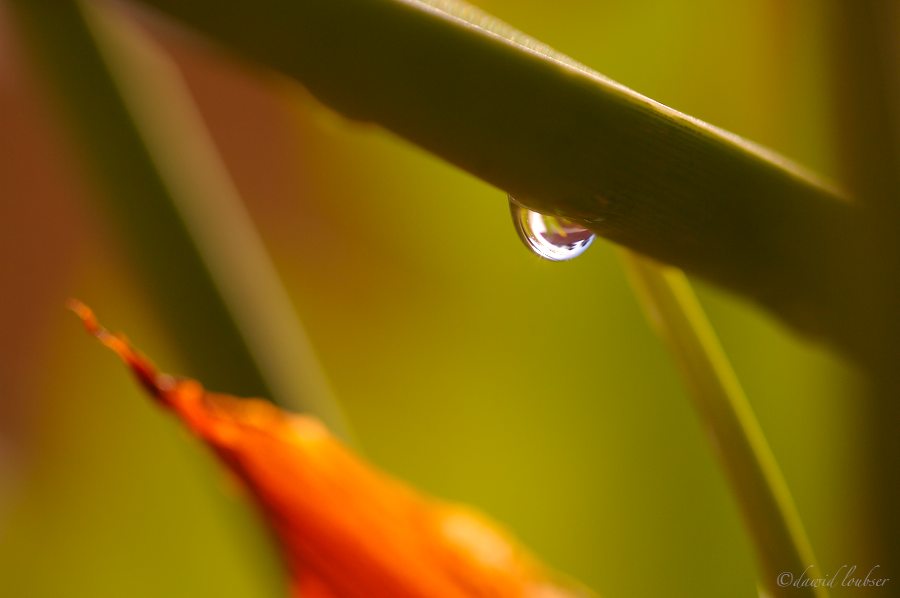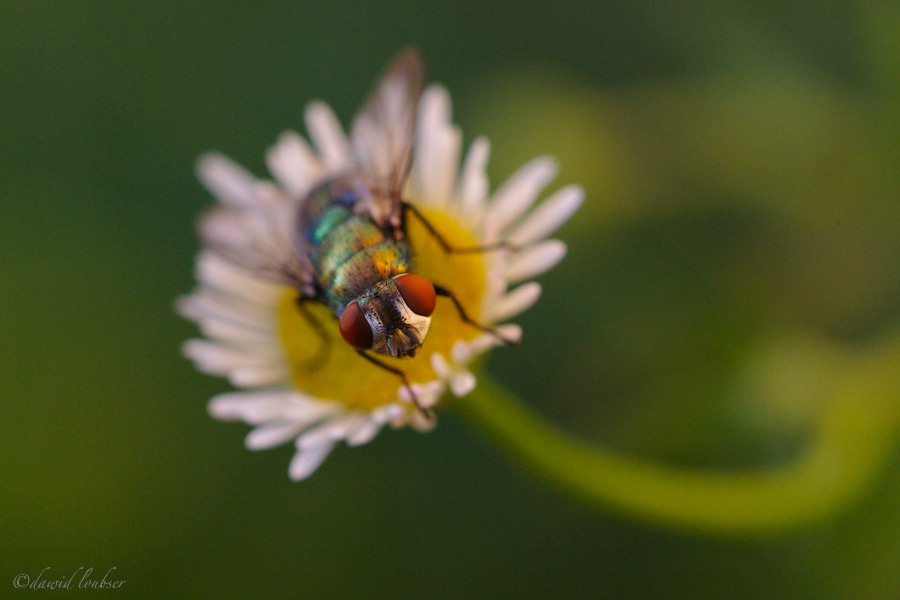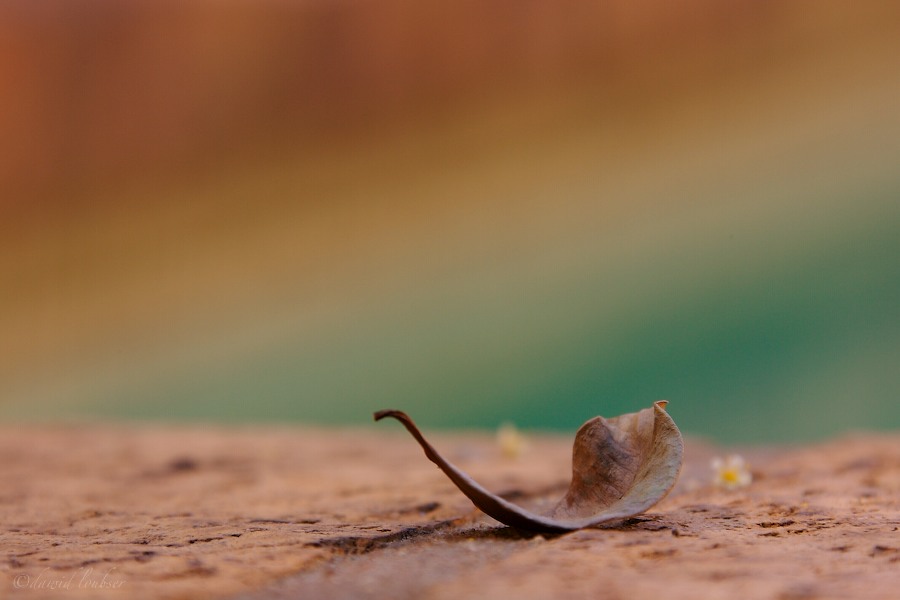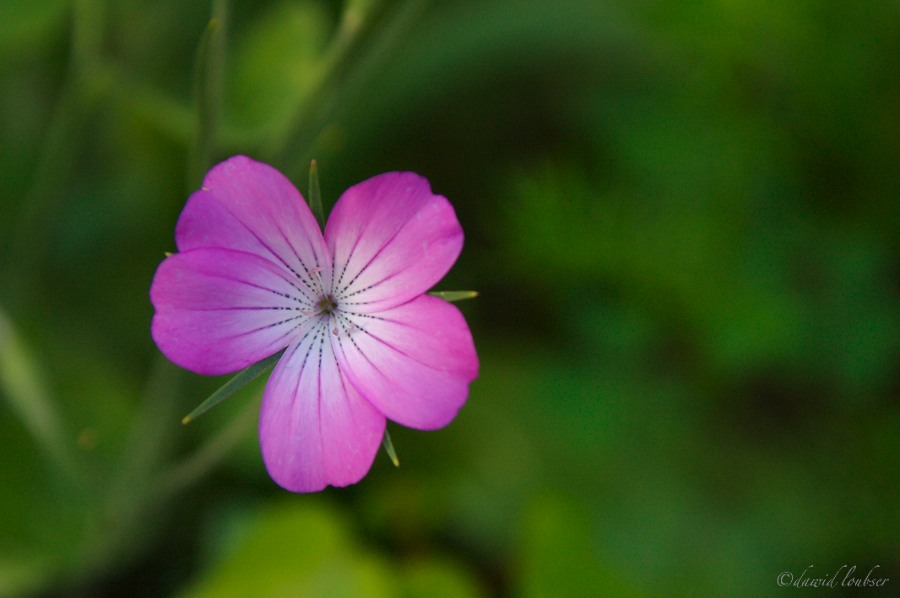Hi Rob,
Basically like Kris and Bart have said, but I've not tried for damsel flies, only dragonflies and I spent some time trying, a year or so ago, but sort of gave up. There were a number of posts over on the fm site, but I can't now find them.
I was told and tried that when dragionfiles are about, they like to perch a bit higher than the surrounding area. If you push a stick, (thin bamboo, or better still a small tree branch/twig) about 18 inches tall, into your lawn, and wait, sometimes only a minute or two, a dragonfly will hover for a second then perch on the tip of the stick. If you set up your camera with a telephoto lens, and gradually creep in, generally, when you are two to three feet away, it will fly away. You can set up your tripod a bit further away, then focus on the tip of the stick. The dragonfly will return within a minute or two, and you can trigger the camera when it is hovering for the half second before it lands. If you then move towards it, or cast a shadow it flies off again, giving you another chance. It will return maybe three or four times. It will often chase off a lesser df that settles on its perch. I did not have an adequate lens to get anything I was really happy with. I think you will get a hit rate of about one in every two or three hundred shots when you start. The guys on fm seemed to indicate very much that it was definitely a spray and pray technique, but I guess it depends on the fly, and time of day, etc. Its a bit like clay pigeon shooting, but quieter, maybe less cost per shot, but far more misses ;-)
Damsel flies may well behave entirely differently. One guy rigged up an infra red trigger device, such that the camera fired when the beam was broken, which gave a far, far higher hit rate. It was attached to the camera, a couple of rods, about a foot apart and 18inches long, iirc, with the transmitter on one rod tip, receiver on the other. Camera focused on the beam distance, then stalk your insects, hoping it breaks the beam, which triggers the shutter.
hth
Best wishes,
Ray
(ps, if its not clear from the foregoing, I was only trying for photos of the dfs in flight. ;-)














